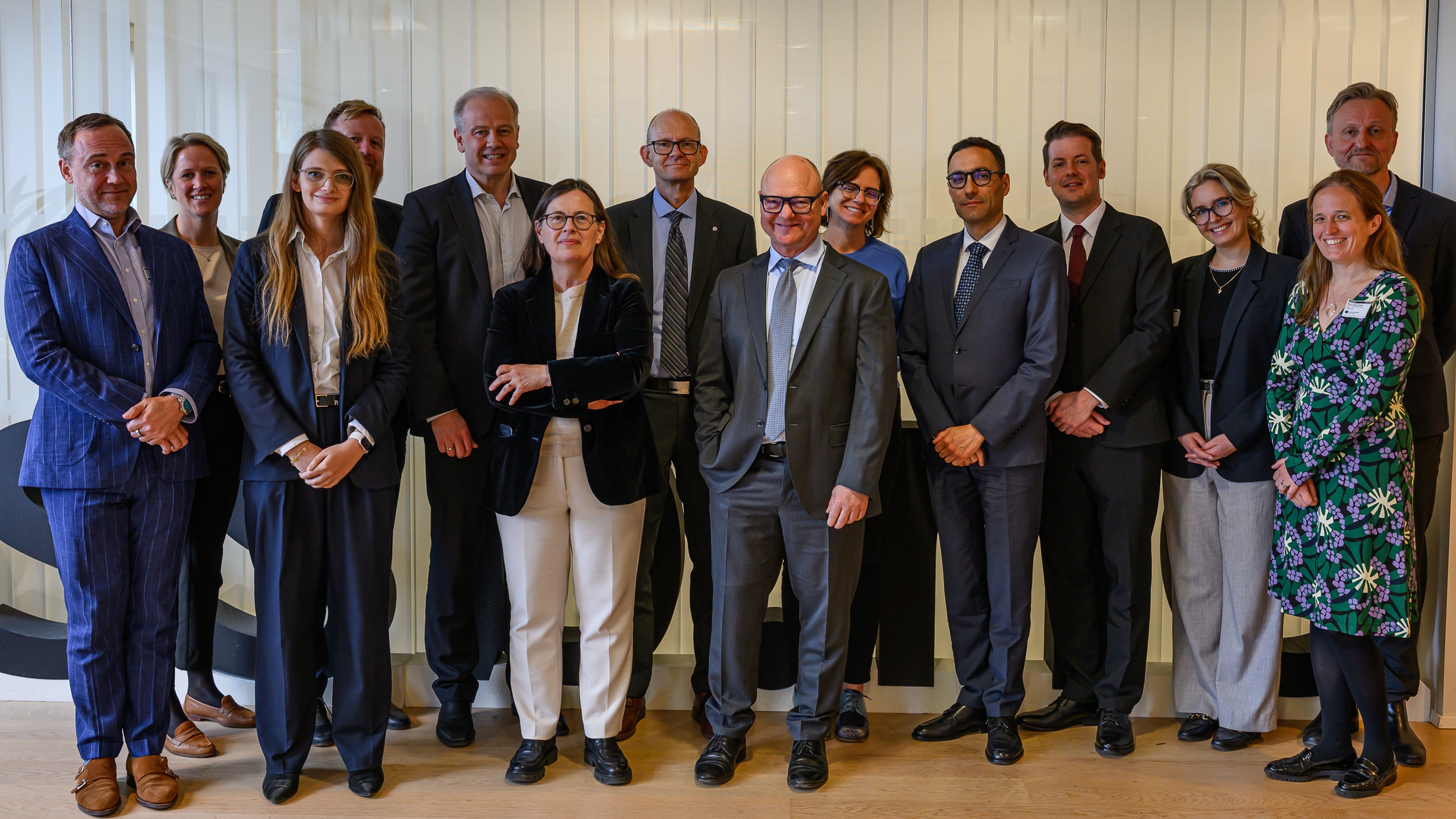
The Heads of EFTA National Statistical Institutes meet in Oslo to discuss EFTA–EU statistical cooperation

The annual meeting of the Working Group of the Heads of the EFTA National Statistical Institutes (NSIs) took place in Oslo, Norway. Chaired by Norway, representatives from all four EFTA States and the EFTA Statistical Office (ESO) gathered from 24 to 25 April 2025 to discuss recent developments and prospects in EFTA–EU statistical cooperation. They also reviewed technical cooperation with EFTA’s partner countries in the field of statistics, to ensure coherent and comparable statistics across the EEA region and beyond.
The meeting began with a presentation by Statistics Norway, providing an overview of the Norwegian statistical system and highlighting recent key developments. The EFTA Statistical Office (ESO) followed with a review of EFTA–EU statistical cooperation and technical cooperation activities with EFTA’s partner countries in 2024. Participants also received updates on the 2025 EEA Annual Statistical Programme, the 2025 EFTA work programme for technical cooperation in the field of statistics, and the EU’s post-2027 Multiannual Financial Framework, which is expected to have implications for the EFTA NSIs in the coming years.
A new feature of this year’s meeting was the introduction of thematic discussions on selected topics related to international statistical cooperation. The first discussion focused on the development of Common European Data Spaces, a key element of the European Commission’s 2020 data strategy. These spaces aim to facilitate the pooling and sharing of data within the EU, supported by appropriate data infrastructures and governance frameworks. Over time, they will be interconnected to create a single European data market. In parallel, the EFTA NSIs are modernising their own data platforms to address future challenges, meet rising user expectations, and leverage technological advancements. Norway and Switzerland presented their respective initiatives: Norway’s transition to a cloud-based system using Python, R, and other tools, and Switzerland’s I14Y interoperability platform, a central hub for existing data collections, electronic interfaces, and government services. The EFTA States also explored potential synergies in this field.
The second discussion addressed the revised Regulation (EC) No 223/2009 on European statistics, in force in the EU since 6 December 2024 and to be incorporated into the EEA Agreement with necessary adaptations. The revision aims to introduce greater flexibility in methodologies and data sources, enhance the use of privately held data for official statistics, and support the development of thematic and strategic priorities up to 2035. These priorities seek to maintain the relevance of official statistics, exploit new data sources and technologies, improve efficiency, and reduce administrative burdens. In this context, the EFTA NSIs presented and discussed their respective national strategic priorities for the coming years.
Geir Axelsen, Director General of Statistics Norway and Chair of the Working Group, commented on the productive nature of the cooperation between the EFTA NSIs:
"There are always good and relevant discussions when we meet our colleagues from the national statistical institutes in EFTA. We are small countries but with strong and innovative statistical organisations. It is meaningful to exchange ideas and discuss how to contribute constructively as partners in the European statistical system."
The next meeting of the Heads of the EFTA NSIs will take place in 2026, with Liechtenstein as Chair.
The EFTA Secretariat would like to thank Statistics Norway for their hospitality, as well as all the participants for their contributions.